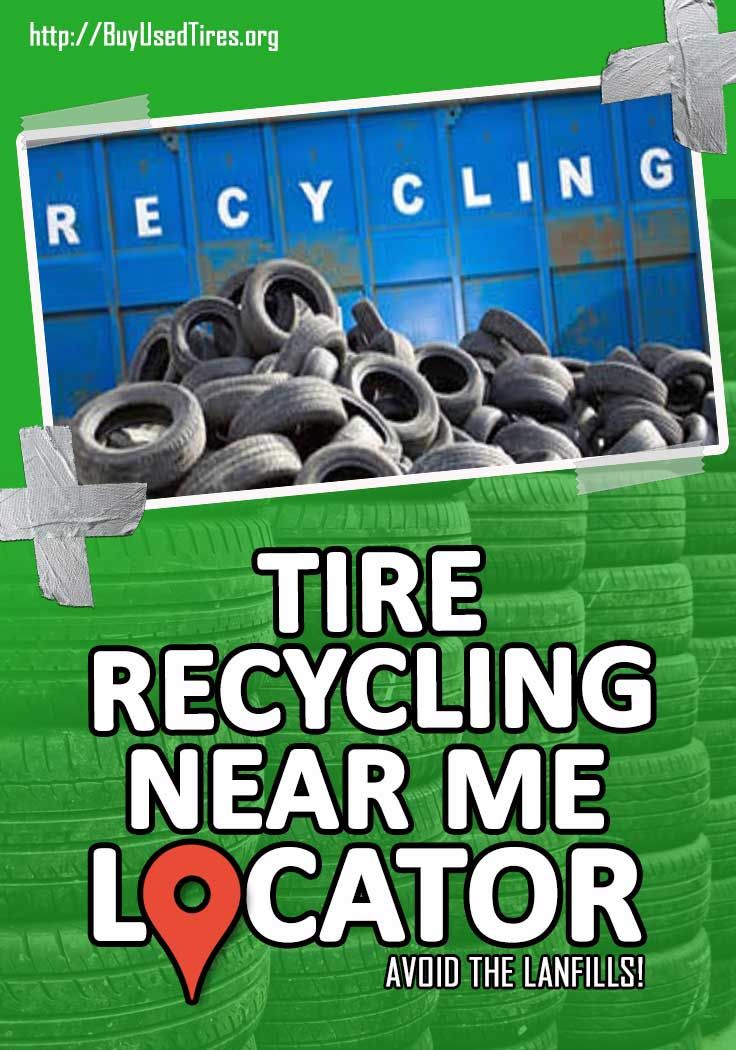Jan 5, 2019
For car owners, wheels and tires are essential components that help you get from place to place. Flat tires can disrupt plans, while bad tires or damaged wheels can impact how your vehicle handles. While the average person may not think about their car’s wheels and tires unless something goes wrong, they can be a fascinating topic of discussion, especially for car enthusiasts. Here are 10 fun facts about tires and wheels that you can use to impress your car-savvy friends:
(Pixabay / Ajdapereira)
 Additionally, many other companies specialize in making custom wheels, replica wheels, and aftermarket wheels.
Additionally, many other companies specialize in making custom wheels, replica wheels, and aftermarket wheels. Those types of pressure changes due to high altitudes can impact the air pressure in tires, especially if the tire is filled with oxygen, which can react with the rubber of the tires at certain temperatures. Instead of regular air, airplane tires are filled with nitrogen because it’s an inert gas, which makes it less likely to react with other substances.
Those types of pressure changes due to high altitudes can impact the air pressure in tires, especially if the tire is filled with oxygen, which can react with the rubber of the tires at certain temperatures. Instead of regular air, airplane tires are filled with nitrogen because it’s an inert gas, which makes it less likely to react with other substances.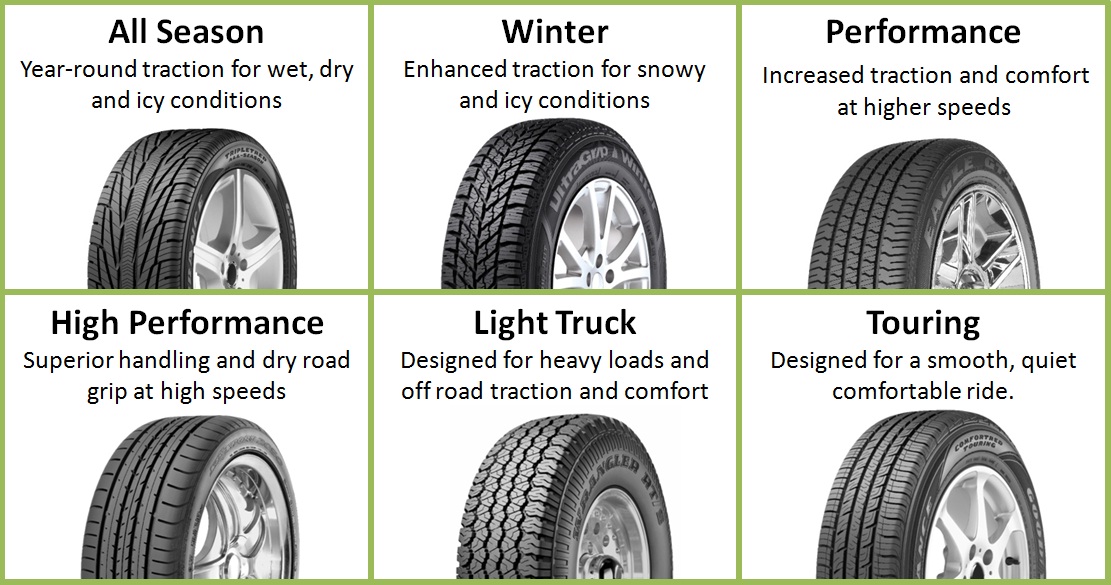 Of the major car manufacturers in the world, BMW outfits the most vehicles with this type of tire, which is significant because the tires are twice as expensive as regular tires.
Of the major car manufacturers in the world, BMW outfits the most vehicles with this type of tire, which is significant because the tires are twice as expensive as regular tires.We rely on our cars to get us from point A to point B every day. While tires and wheels only make up a part of that whole, they are vital components that have their own interesting histories and facts. So, next time you’re rolling down the street in your favorite ride, feel free to spout off these fun facts. You’re sure to up your street credibility with your passengers.
Want to learn more about tires? Read these crazy tire facts for a little bit of trivia.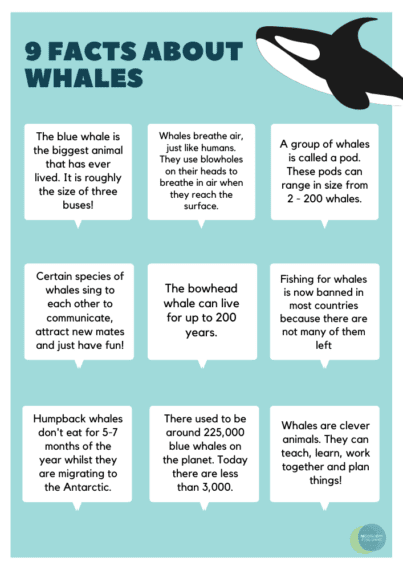
The actual rubber used for car tires is milky white, not black. Manufacturers add carbon black to the rubber as a stabilizing chemical compound which makes them black. But you’re thinking why bother with this process? Because adding black to the rubber increases the durability and strength of the tire.
Between summer and winter, you could see as much as 7PSI or more in tire pressure difference. This is because of water vapor dangling in the air in your tires which reacts to temperature changes. Try filling your tires with nitrogen. You’ll find no fluctuation because nitrogen doesn’t have any water vapor in it, so the pressure remains steady.
This will “cracks” you up, right? Walnut shells are used in winter tire manufacturing to improve traction on slick roads.
That shell of a walnut is one of the hardest natural substances in the world, making it great for gripping icy roads.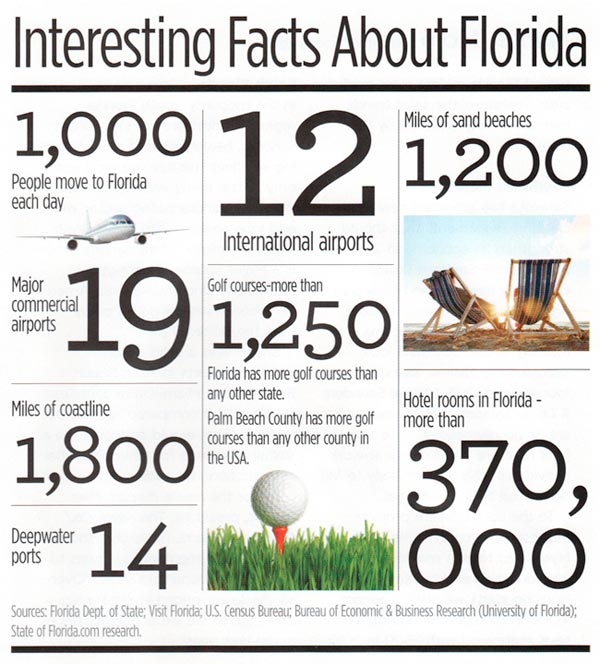 Instead of “walnut” it’s better known in the manufacturing world as Microbit Technology. That sounds much more professional!
Instead of “walnut” it’s better known in the manufacturing world as Microbit Technology. That sounds much more professional!
The National Hot Rod Association Top Fuel racing teams have to install new tires after every four to six passes around the track. In layman's terms, this is a mere two to three miles on a quarter-mile track.
Sipes are the small slots that are cut or molded into a tire tread surface. These slots increase traction in snow, ice, mud, and wet roads. The name of the concept of siping a tire comes from a man named John Sipe, who received a patent in 1923. He worked in a slaughterhouse and realized small cuts in the heels of his shoes prevented him from slipping on bloody floors.
Manufacturers have been working hard on manufacturing puncture-resistant tires. Imagine tires never going flat! Bridgestone and Michelin have both introduced airless tires that will never go flat.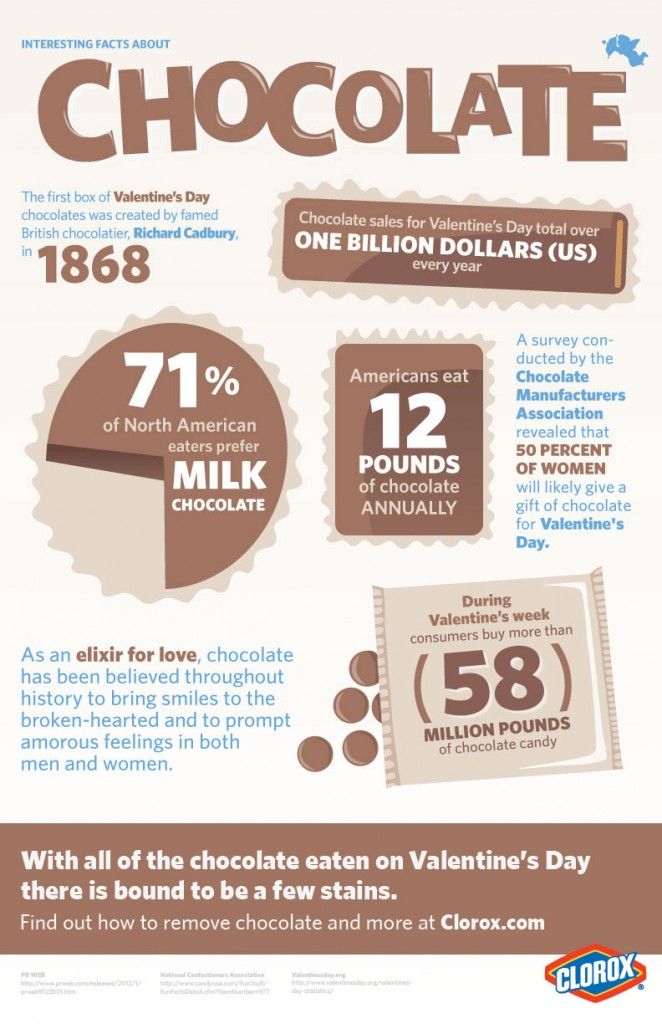 Price - $500 - $1,000. Are you willing to pay the price for them?
Price - $500 - $1,000. Are you willing to pay the price for them?
A set of Bugatti Veyron Super Sport tires can cost $42,000! Yes, you read that right. Why so much? They can hold up while doing over 250 MPH.
These tires are made with an extremely expensive heat- and friction-resistant compound.
If we’re talking miniature tire facts, the world's highest-producing tire manufacturer is Lego. The company manufactures 308 million Lego wheels every year, far exceeding Bridgestone who has been the world’s largest tire manufacturer of “real” tires.
Of the approximate 290 million tires discarded in the U.S. each year, as much as 80% are recycled, some repurposed as an industrial fuel source, in asphalt or as a gravel substitute. Other uses - they can be shredded and used as garden mulch and wastewater filters.
In order to meet stricter emission standards, many car manufacturers have stopped putting spare tires in their cars to lighten the load.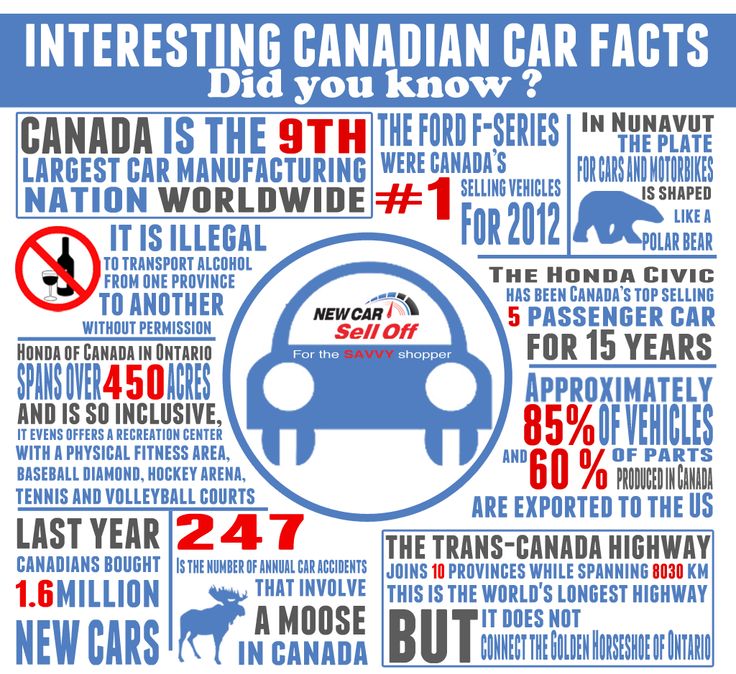 Maybe you can carry a patch kit.
Maybe you can carry a patch kit.
Call Hoopers Tire Outlet for all your new and used tire needs or visit us at Hoopers Tire Outlet.
Hardly many people know the name of Charles Goodyear, but in vain, because we owe a lot to this man. Charles was a great inventor, he had his own business, but his most valuable quality was ... inattention. Once, while making another experiment, Goodyear left a mixture of rubber and sulfur near the hot furnace, dozed off, and when he woke up, he witnessed a very interesting phenomenon, which later became known as "vulcanization". Without it, car tires would be unthinkable. nine0003
The first makeshift tires appeared even before cars. The Englishman Robert Thomson realized that a rubber-impregnated canvas chamber could be put on a wooden wheel with a metal hoop. He even patented his invention. True, the idea did not go to the masses, it was massively inspired only in 1888, when another Englishman, John Dunlop, came up with the idea of fixing a garden hose rolled into a ring on the wheels of his little son’s bicycle, after pumping it with air.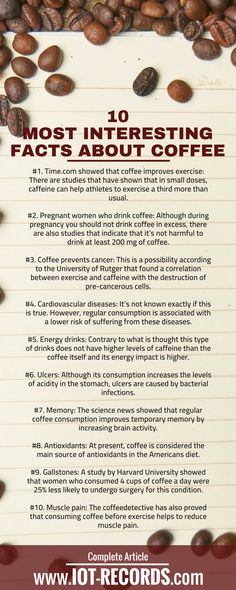 It turned out so well that a year later, an absolutely hopeless cyclist, using Dunlop's technology, won absolutely all the races in the Belfast Central Stadium. nine0003
It turned out so well that a year later, an absolutely hopeless cyclist, using Dunlop's technology, won absolutely all the races in the Belfast Central Stadium. nine0003
Engineers around the world took the idea and started to develop it. Someone suggested separating the tube from the tire, someone figured out how best to arrange mass production ... But the funny thing is that the experimenters used tires for carts and bicycles, and nothing more. They were simply afraid to put the novelty on the car. They thought that rubber would not withstand a heavy car. Moreover, at the end of the 19th century, doctors were generally sure that at a high speed, say above 70 km / h, the driver would simply die from a broken heart! nine0003
André and Edouard Michelin debunked the misconception that pneumatic tires can't be used on cars. In 1895, the brothers took part in the race along the Paris-Bordeaux route using pneumatic tires, covering 1,200 kilometers.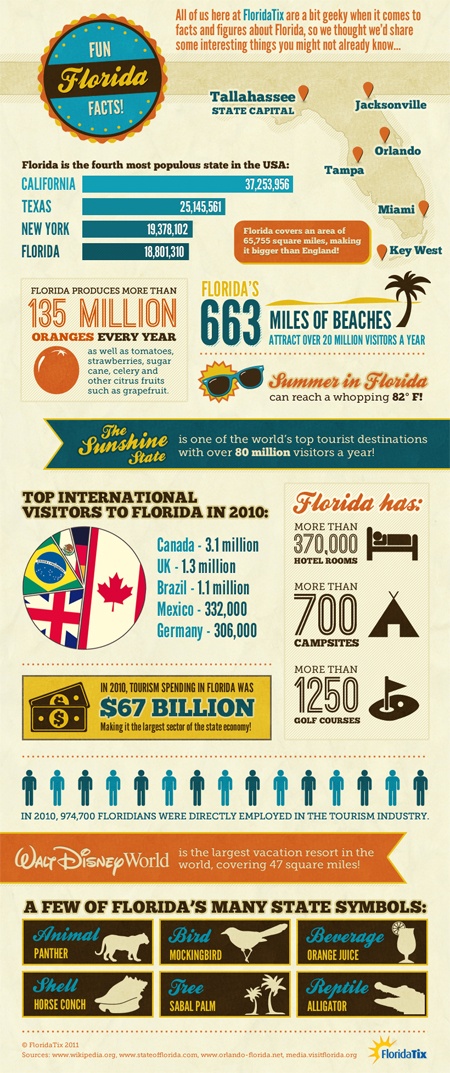 This record was by no means easy, if only because on the way to the finish line the brothers had to change punctured tires about sixty times. Many laughed at the Michelin family, but the riders did not give up and continued to work on improving tires. True, at first no one wanted to use it, so the brothers simply gave away sets of pneumatic tires to Parisian cabbies. nine0003
This record was by no means easy, if only because on the way to the finish line the brothers had to change punctured tires about sixty times. Many laughed at the Michelin family, but the riders did not give up and continued to work on improving tires. True, at first no one wanted to use it, so the brothers simply gave away sets of pneumatic tires to Parisian cabbies. nine0003
The closest thing to the modern radial tire comes from inventor Arthur William Savage, who was actually a sporting firearms tyre. In 1901, Arthur moved to California and founded a small tire company there, and in 1915 he patented radial tires. It is this design that has become standard due to the ability of the novelty to combine "opposite" properties. After all, say, when a car is moving, due to heating and deformation of the tire, almost a quarter of the energy is spent on overcoming rolling resistance. Therefore, it is necessary to reduce the deformation, increase the rigidity.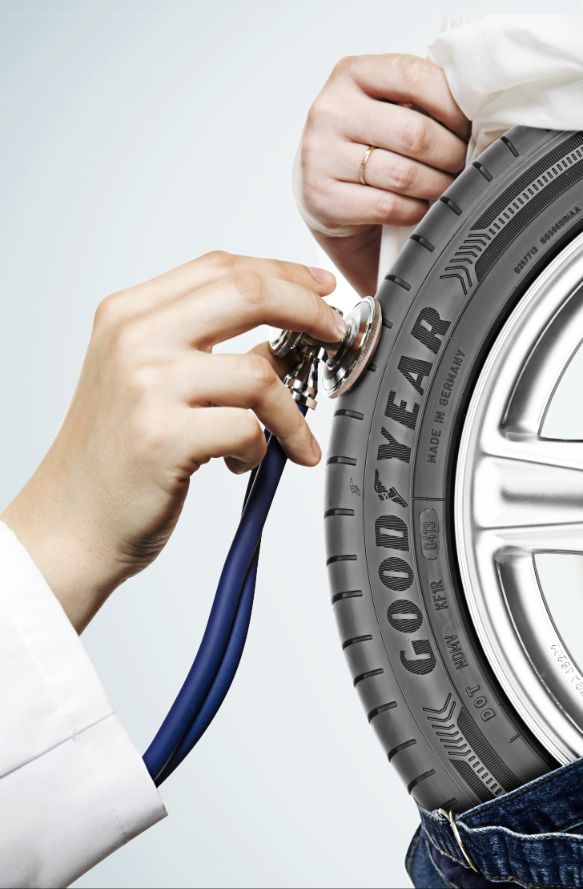 But this results in loss of comfort and control. We have to maneuver to combine important properties. nine0003
But this results in loss of comfort and control. We have to maneuver to combine important properties. nine0003
Interestingly, many well-known manufacturers, market leaders, began to deal with tires decades ago and contributed to the improvement of “car shoes”. For example, engineers at Dunlop were the first to come up with the idea of placing spikes on the tread. They also divided the tread into several rows, thanks to which the tires became more wear-resistant. Michelin in the 1950s introduced radial tires into mass production, which turned out to be significantly quieter than bias tires. And, for example, the developers of the company Goodyear decided to split the tread with another deep central groove to better evacuate water in bad weather conditions. It turned out that this also works great.
Modern tires have a more complex structure. It looks like just rubber with a tread, but in fact, the tire consists of several layers and materials. So, the side part is made from natural rubber, the tread is made from a mixture of natural and synthetic. In order for the fit on the disk to be reliable, a steel rod, also coated with rubber, runs along the inner diameter. Inside there is also a special bandage that keeps its shape, and, most importantly, a cord made of steel threads of high strength and elasticity - all this is necessary for the stability of the car. nine0003
So, the side part is made from natural rubber, the tread is made from a mixture of natural and synthetic. In order for the fit on the disk to be reliable, a steel rod, also coated with rubber, runs along the inner diameter. Inside there is also a special bandage that keeps its shape, and, most importantly, a cord made of steel threads of high strength and elasticity - all this is necessary for the stability of the car. nine0003
Some modern tires can reach temperatures of around 80 degrees Celsius after long journeys. This is explained by the fact that the tire is deformed when cornering, is constantly in motion, slows down and performs other manipulations. Such a temperature for automotive rubber is enough to get burned. One of the most difficult forces a car has to overcome is rolling resistance. Approximately 20% of the fuel is consumed to ensure the continuous movement of the wheels. If we imagine this process more globally, this means that every fifth filled tank is completely consumed not by the engine, but by tires.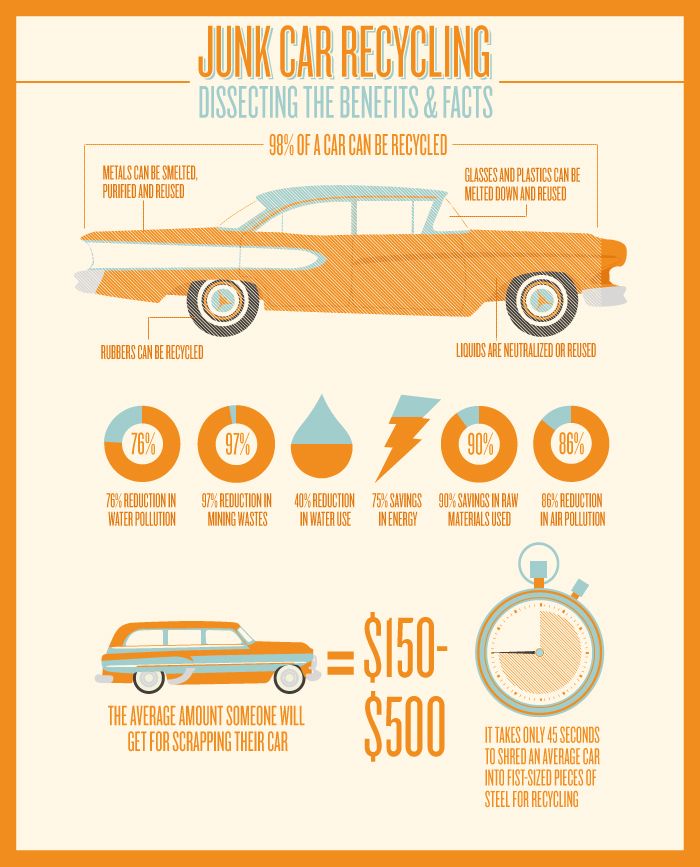 That is why the right choice of tires helps to reduce fuel costs, although few people think about it. nine0003
That is why the right choice of tires helps to reduce fuel costs, although few people think about it. nine0003
Today, the global production of car tires is about one billion tires per year. In fact, it is a strategic industry. The market is growing, and at the moment a motorist can choose any tires - summer, winter or universal, depending on the conditions in which he drives. By the way, studded tires are banned in some places, for example in Germany: pedantic Germans fear for the safety of the asphalt surface of their ideal roads. This should be taken into account when, for example, going on a winter trip to Europe in your own car. nine0003
The composition of the compound from which the tire will be made is carefully checked in the laboratory. And the designers, meanwhile, are developing a tread pattern, so necessary for traction in any conditions. After all, racing tires, as you know, are almost “bald”, and those designed for driving in difficult weather conditions even have side lugs. When the tread pattern is ready, it is transferred from the computer to the workpiece using a laser beam, and then the master manually burns all the grooves and grooves on the blank. This process takes up to two hours! The finished prototype will pass more than one stage of testing, and first in a closed room - for pressure, friction, speed. Then on the track. Only after successfully passing all the tests, a new development is launched into factory production. nine0003
When the tread pattern is ready, it is transferred from the computer to the workpiece using a laser beam, and then the master manually burns all the grooves and grooves on the blank. This process takes up to two hours! The finished prototype will pass more than one stage of testing, and first in a closed room - for pressure, friction, speed. Then on the track. Only after successfully passing all the tests, a new development is launched into factory production. nine0003
On average, a new tire will be reproduced 12 million times - it's easy to imagine the magnitude of the demand. The conveyor at the factory where tires are made resembles a bakery: first, carefully weighed rubber “dough” is kneaded and divided into strips, then the cord base is made - the “skeleton” of the tire. Gradually, a blank is formed from a simple rubber sheet, which already resembles a tire, but it is still very soft. It will be sent to a special oven, on the bottom of which, like the bottom of a cookie mold, a carefully designed tread pattern is applied (see fact No. 8). And here the process comes to its logical conclusion - within about 10 minutes, the vulcanization process takes place, the tire takes shape, becomes solid. It will be checked again, and also carefully enlightened for the smallest air bubbles inside: if there are any, the tire is sent for recycling. And only if everything is good, then the freshly baked - you can’t say otherwise - the tire and the car finally meet each other. nine0003
8). And here the process comes to its logical conclusion - within about 10 minutes, the vulcanization process takes place, the tire takes shape, becomes solid. It will be checked again, and also carefully enlightened for the smallest air bubbles inside: if there are any, the tire is sent for recycling. And only if everything is good, then the freshly baked - you can’t say otherwise - the tire and the car finally meet each other. nine0003
With the development of previously unseen automotive options, tires are becoming more technological and modern. Take at least self-supporting tires - they allow you to continue driving even with a complete loss of tire pressure, and at a slightly reduced speed. This is due to the strong sidewalls: even if there is no air left at all, the disk is able to withstand the weight of the whole car, and this way you can drive up to 200 kilometers. Chevrolet Corvette in 1993 became the first car to be serially equipped with such miracle tires.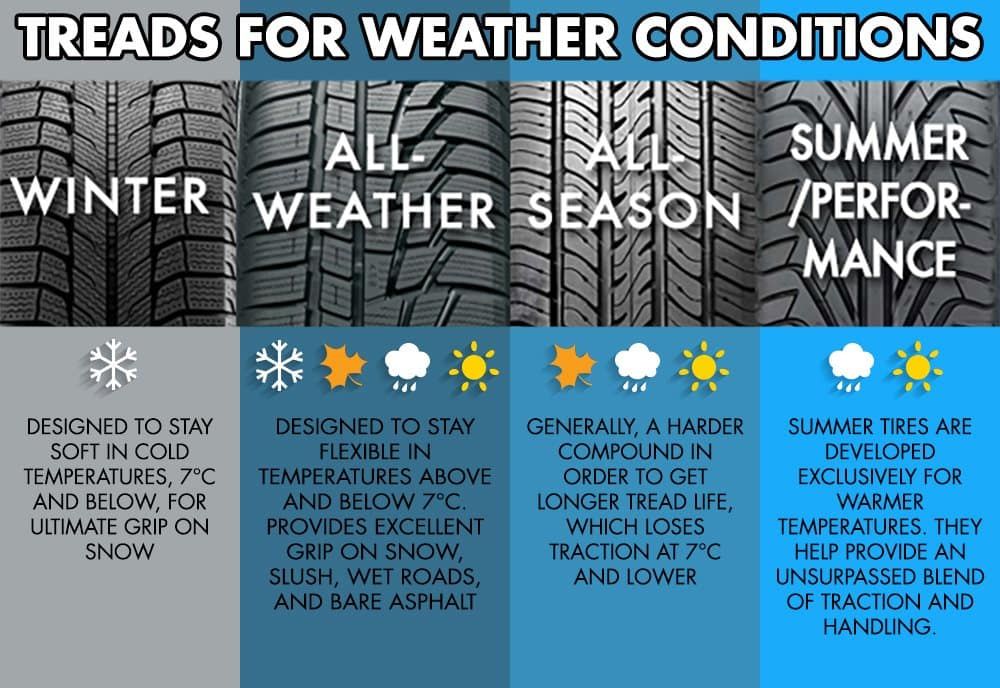 However, such tires are expensive, and besides, the driver may simply not notice the problem, so now the engineers are faced with the task of releasing a new generation of automotive rubber that would be equipped with microsensors. Sensors will not only transmit a signal about damage, but also “read” information about the condition of the road: is it slippery, dry, snowy. This information will go straight to the car's on-board computer, and from there to the driver. nine0003
However, such tires are expensive, and besides, the driver may simply not notice the problem, so now the engineers are faced with the task of releasing a new generation of automotive rubber that would be equipped with microsensors. Sensors will not only transmit a signal about damage, but also “read” information about the condition of the road: is it slippery, dry, snowy. This information will go straight to the car's on-board computer, and from there to the driver. nine0003
Of course, it is important not only to produce and use, but also properly dispose of used tires, because they can decompose in the ground for up to 50 thousand years. For example, if you ever happen to visit the countries of Central Africa, Southeast Asia or, say, Colombia, then there you will see a second and very environmentally friendly life for car tires, but not in the form of the usual flower beds - craftsmen make from discarded a variety of shoes, and sometimes even clothes, to the tire dump. nine0003
nine0003
Photo: LEGION-MEDIA (in announcement), Tim de Waele / Staff / Getty Images, DEA / BIBLIOTECA AMBROSIANA / Contributor / Getty Images, Robert Cianflone / Staff / Getty Images, Clive Mason / Staff / Getty Images, Sarah Crabill / Stringer / Getty Images, NurPhoto / Contributor / Getty Images, Florian Gaertner / Contributor / Getty Images, Robert Cianflone / Staff / Getty Images, Octane / Contributor / Getty Images, ullstein bild Dtl. / Contributor / Getty Images, Godong / Contributor / Getty Images
Masha Veselova
Tags
We offer 10 facts about car tires, which will allow you to find out a lot of interesting and completely in a new way to look at the usual tires .
1. Used car tires are used to make many things. In the countries of South America, shoes and even clothes are successfully made from soft (winter) tires. And many countries add the same used products to the asphalt pavement, after finely grinding it. This practice has proven to be effective: a rubber-paved bridge in China is taking on more loads than originally planned. Research into the question of where to put used tires is ongoing around the world. nine0003
And many countries add the same used products to the asphalt pavement, after finely grinding it. This practice has proven to be effective: a rubber-paved bridge in China is taking on more loads than originally planned. Research into the question of where to put used tires is ongoing around the world. nine0003
2. The world's largest car tires are made for dump trucks, trucks and other heavy vehicles. Tires for some BelAZ models weigh about 5 tons. The record for the cost belongs to Michelin, the XDR 59/80R63 tire already pulls 5.4 tons. It consists of almost 4 tons of rubber and costs about 50 thousand dollars each! In order to attach it, you need to use 47 bolts. One vehicle requires 6 wheels.
3. Chamber pressure is a very important factor. If you reduce it by only 10%, fuel consumption increases by 1%. Also, low pressure rubber reduces tread life. And filled with air by 4/5 - reduces the life of the rubber immediately by a third. Every month she loses about 1/10 of the pressure she had at the beginning. A simple factor will help you find out about this: at the turn, the rubber squeals. nine0003
A simple factor will help you find out about this: at the turn, the rubber squeals. nine0003
4. With strong friction, the tires literally become hot. Some tire models, when driving fast, heat up to a temperature of 80 degrees, if a person touches a tire with such parameters, he can get a real burn. To prevent this from happening, manufacturers add special components to rubber, such as carbon black. This allows the rubber to not heat up to high temperatures. That's just the additive can affect the shape of the product.
5. Silicon dioxide is added to the tire when it is made. Today, this component has become the basis of an additive known as silica. It was first used by chemists from one of the world's tire manufacturers at the end of the last century. It turned out that the addition of silicon to rubber leads to a decrease in fuel consumption. Later it became clear that this makes it possible to increase the life of the tread, according to some experts, such wheels will be able to cover about 100 thousand kilometers.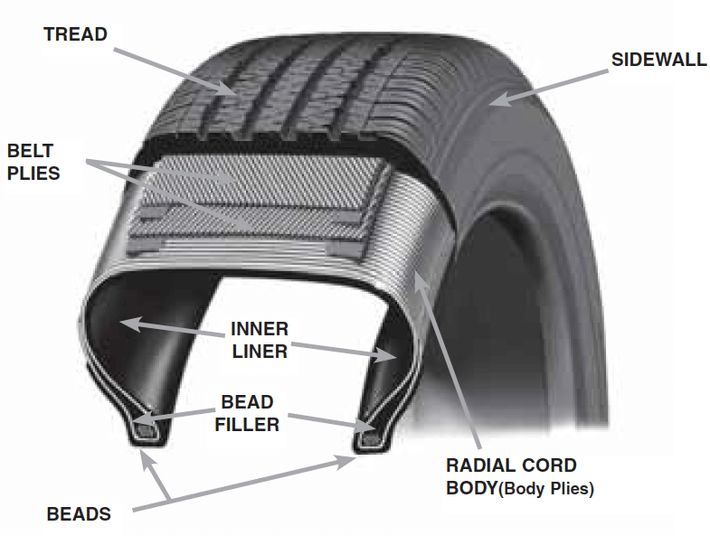 nine0003
nine0003
6. Even on a completely flat tire, you can drive about 80 kilometers without any problems and harm to the vehicle and the rubber itself. To do this, you will have to adhere to the same speed. And if the latter is lowered even more, then without harm to the tire, you can drive even more. Engineers claim that at a speed of 60 km / h on wheels you can drive up to 160 kilometers, while completely harmless to the tire.
7. Tires produced today are not only rubber, they are made of different materials. The side part is made of rubber, and natural, and the tread itself contains not only natural, but also synthetic rubber. A steel rod runs inside the tire, as well as a special device to support the shape. In addition, do not forget about the cord, consisting of high-strength steel threads. This allows you to give the vehicle stability, while increasing the service life. nine0003
8. Many tire companies add silicic acid to their products during production. This chemical component has its advantages: it is cheaper than soot and provides tires with better grip.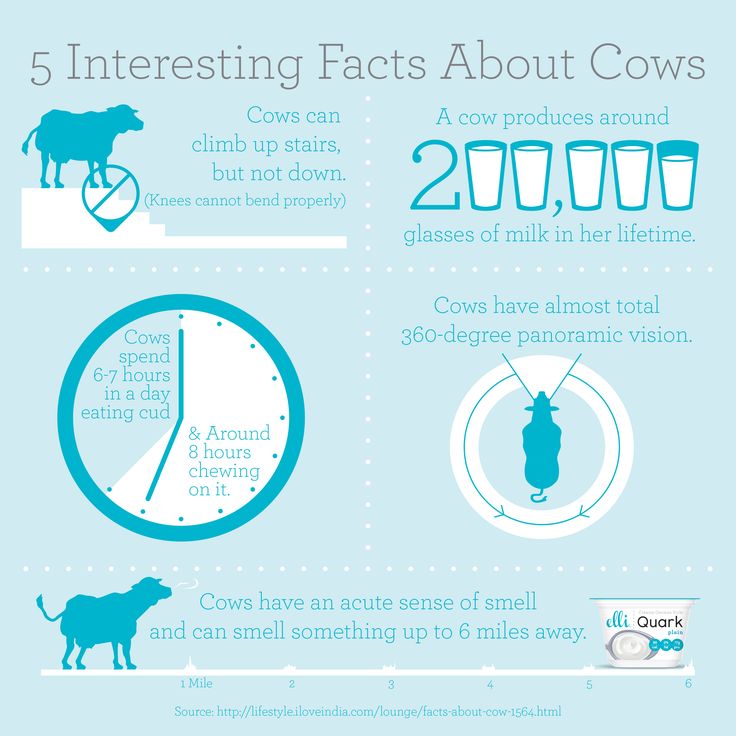 Especially if the road surface is wet. But this additive leads to the appearance of black marks on the roads, and is also harmful to the environment, supplying carbon black to it.
Especially if the road surface is wet. But this additive leads to the appearance of black marks on the roads, and is also harmful to the environment, supplying carbon black to it.
9. A manufacturer has recently developed a new technology to reduce tire weight. This was achieved by reducing the weight of the steel cord in the tire, without prejudice to the latter. Specialists from another company are working on reducing the tread. The fact is that this will make it possible to reduce fuel consumption. Work on improving car tires goes on without interruption. nine0003
10. About 1 billion tires are produced every year on our planet. The consumer is invited to choose a variety of products: winter, summer or universal tires. Experts are constantly improving tires: self-supporting tires are already on the market, even if there is no pressure, the car continues to move with minimal loss of speed. Tubeless tires are becoming more and more popular every day. According to some reports, in 10 years such products will completely replace the existing ones.